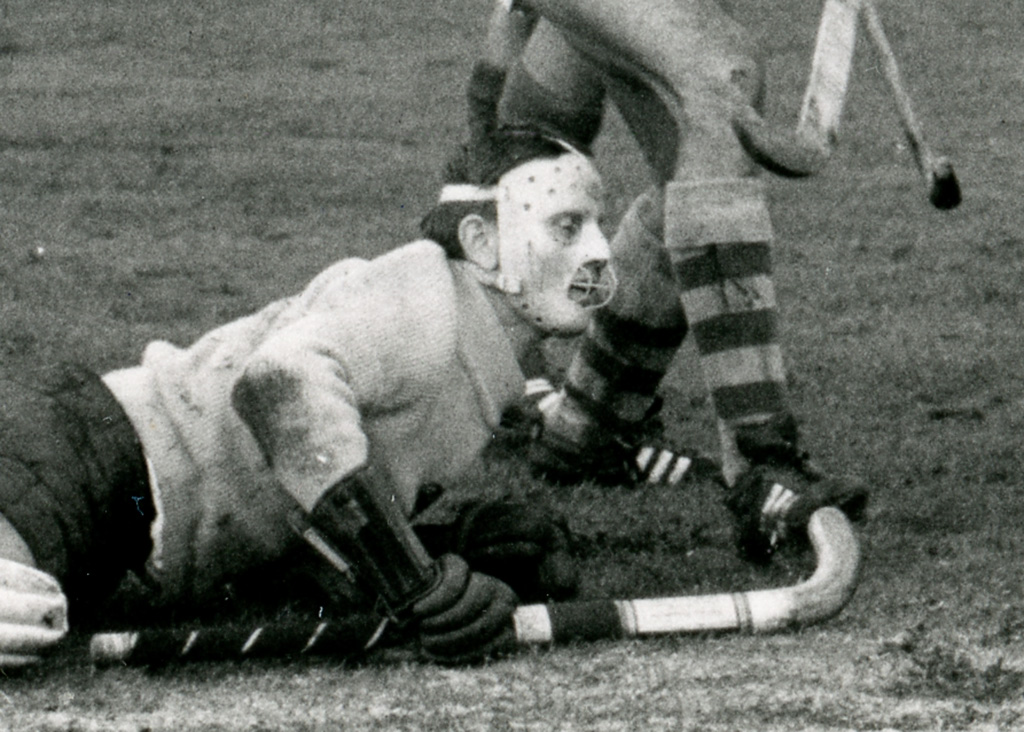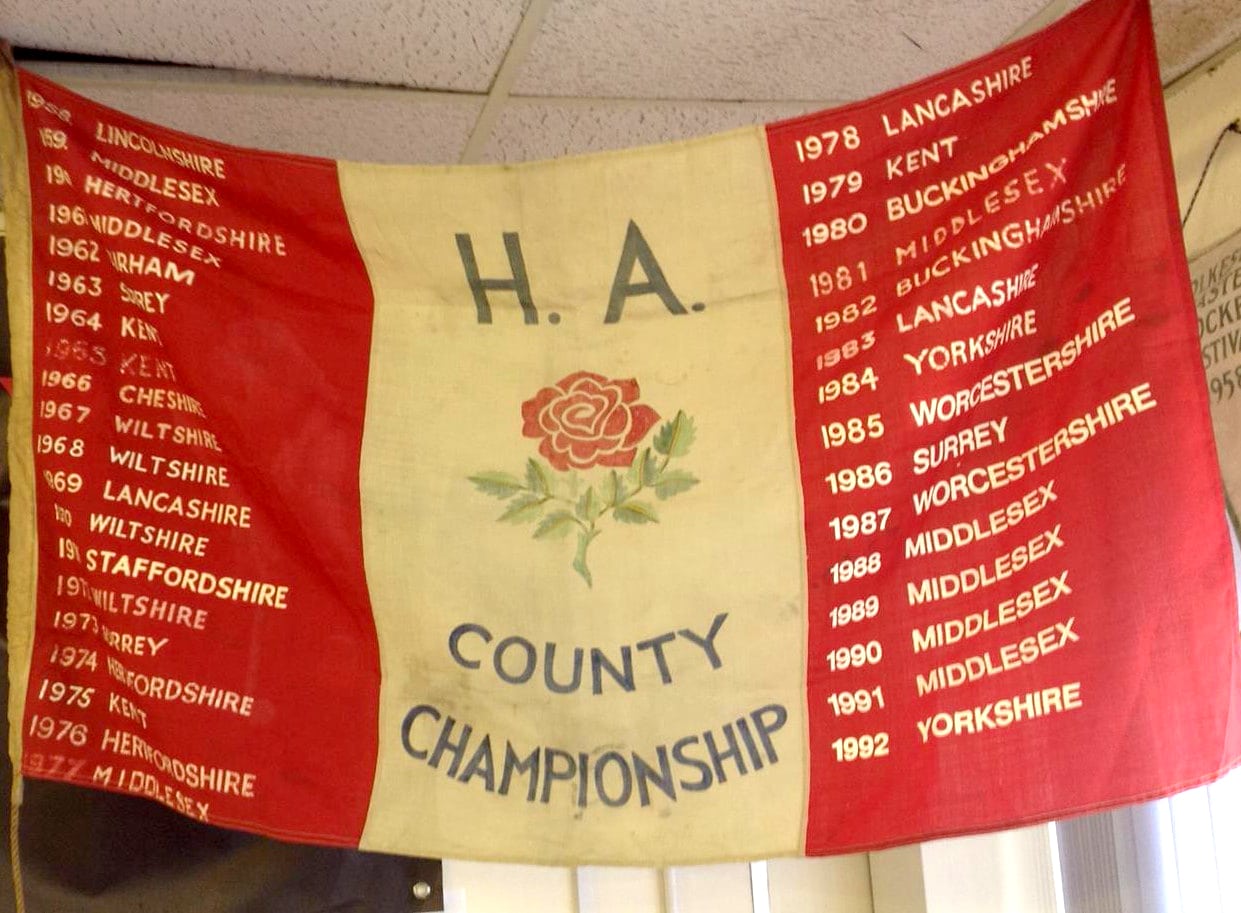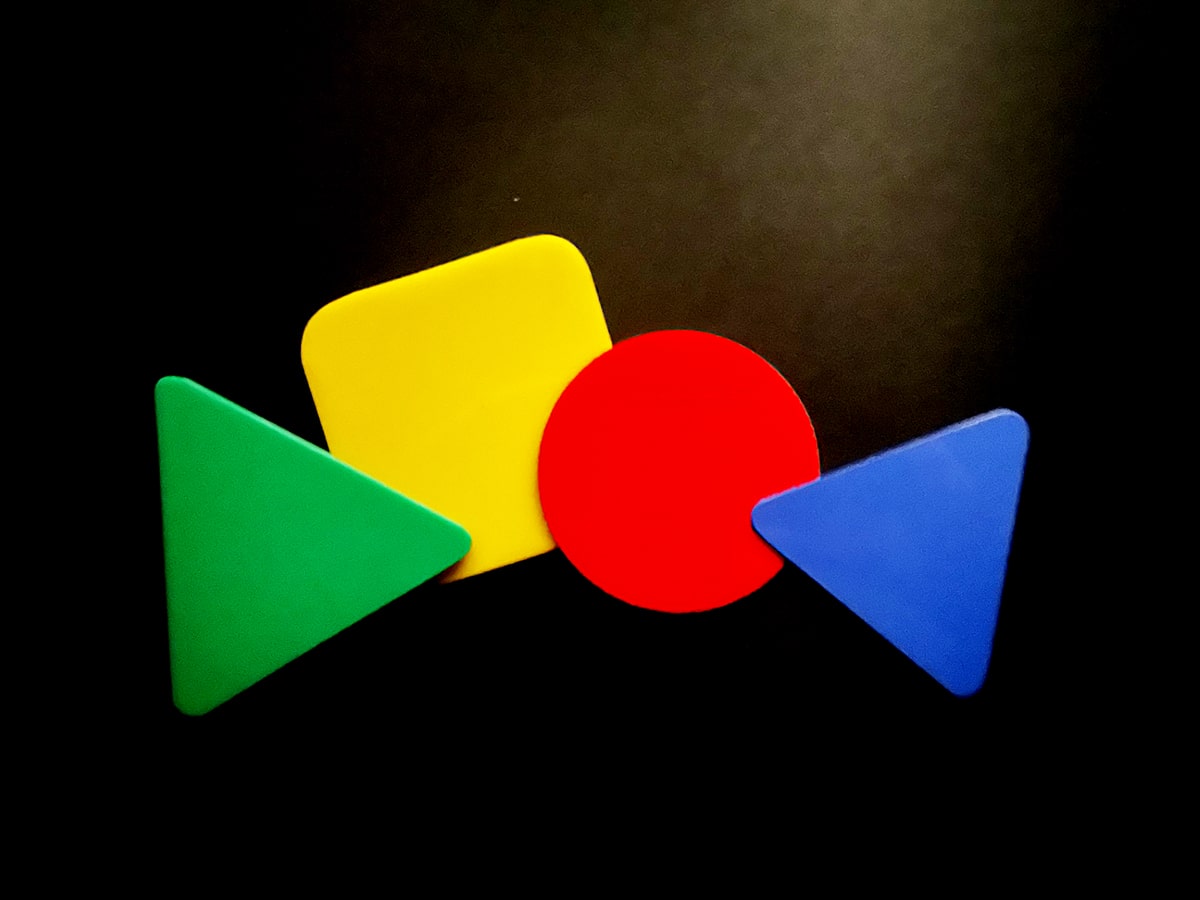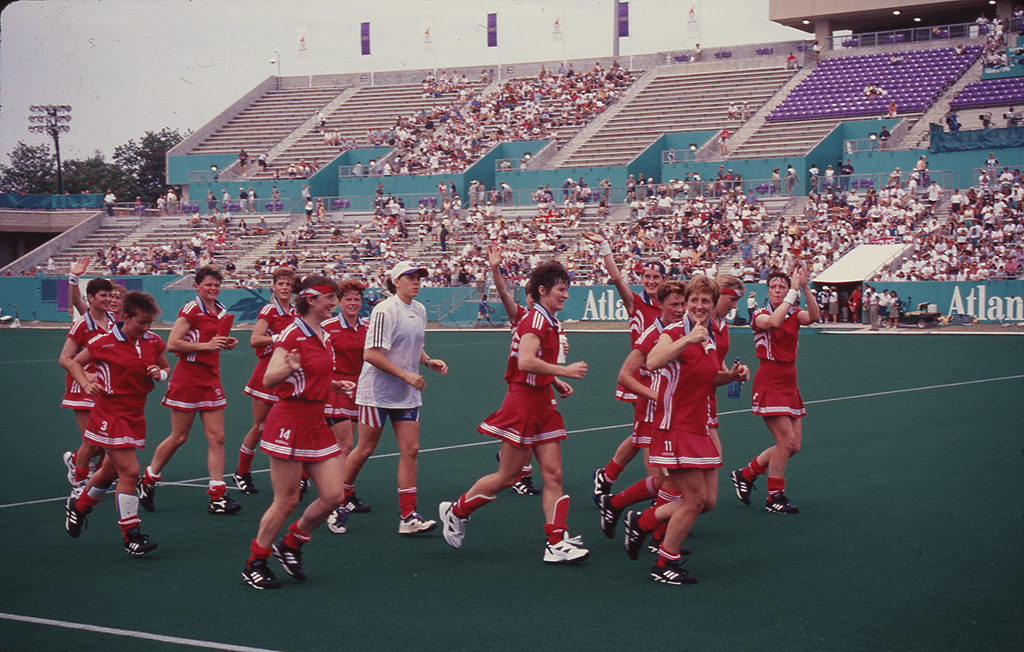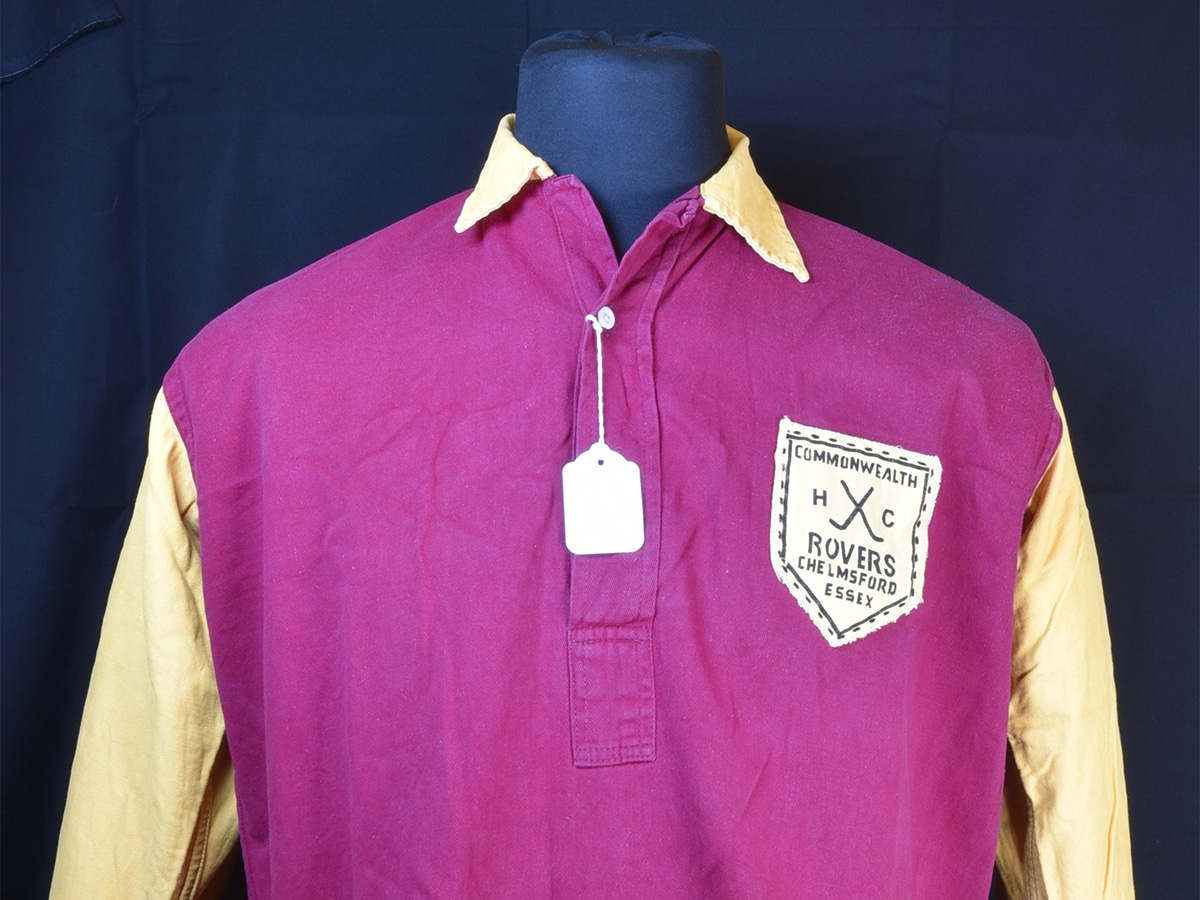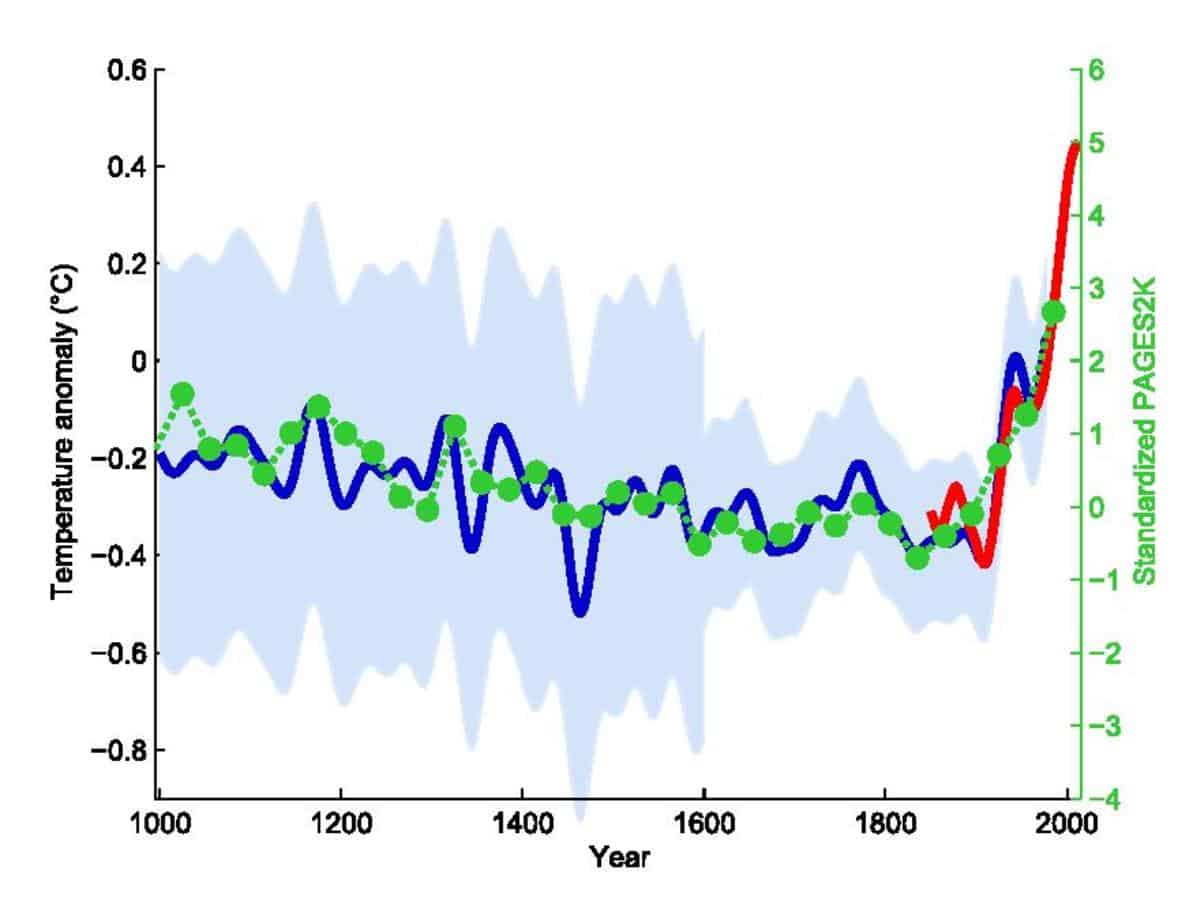These iconic horror movie-style protective masks were worn by indoor and outdoor hockey players between the 1960s and 1980s. The masks gave players a relatively unobstructed view of the game and lightweight defence against high-speed shots. Helmets and goalkeeping equipment as we know them today only became an official requirement towards the end of the last century in the 1990s. Before this change some goalkeepers chose to wear face masks, however the rules around them appeared unclear and there were instances where masks posed a problem.
John Hurst’s hair-raising indoor goalkeeper mask
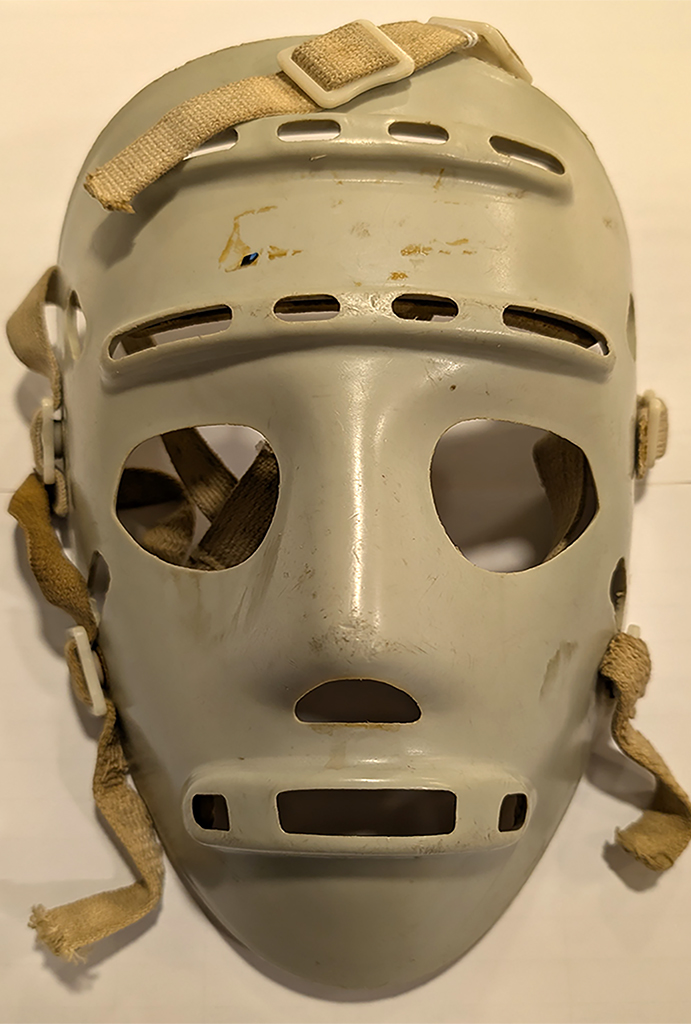
The mask worn by England goalkeeper John Hurst for his match at the 1984 European Indoor Cup. He wore the mask from the 1970s up until 1984 when he experienced a painful injury to the face.
This facemask was donated to the museum by John Hurst who played in goal for England and Great Britain between 1977 and 1988. His first international appearance was at an England vs Germany match at Lord’s Cricket Ground in 1977. John’s coach Trevor Clarke instructed John to wear a protective face mask as his goalkeeping style involved diving to the ground at attacking players’ feet which was dangerous.
These hard plastic masks were commonly worn by indoor hockey goalkeepers during John’s career. He wore his mask from the mid 1970s up until 1984 when he suffered a painful injury during a match at the European Indoor Cup in Edinburgh. England was up against Scotland in an intense battle for second place following a defeat against Germany. The issue with face masks was that they were flush to the face so when John collided with Scotland’s Dougie Potter, his mask shifted position and his nose shifted with it! He had broken his nose but the match had to finish. David Smith stepped in for John as goalkeeper and the team managed to win securing their highest ever indoor finish. Following his injury the mask was retired, and John began wearing a SK100 lightweight Cooper helmet for his indoor games instead.
The menacing mask of the Mexico City Olympic Games
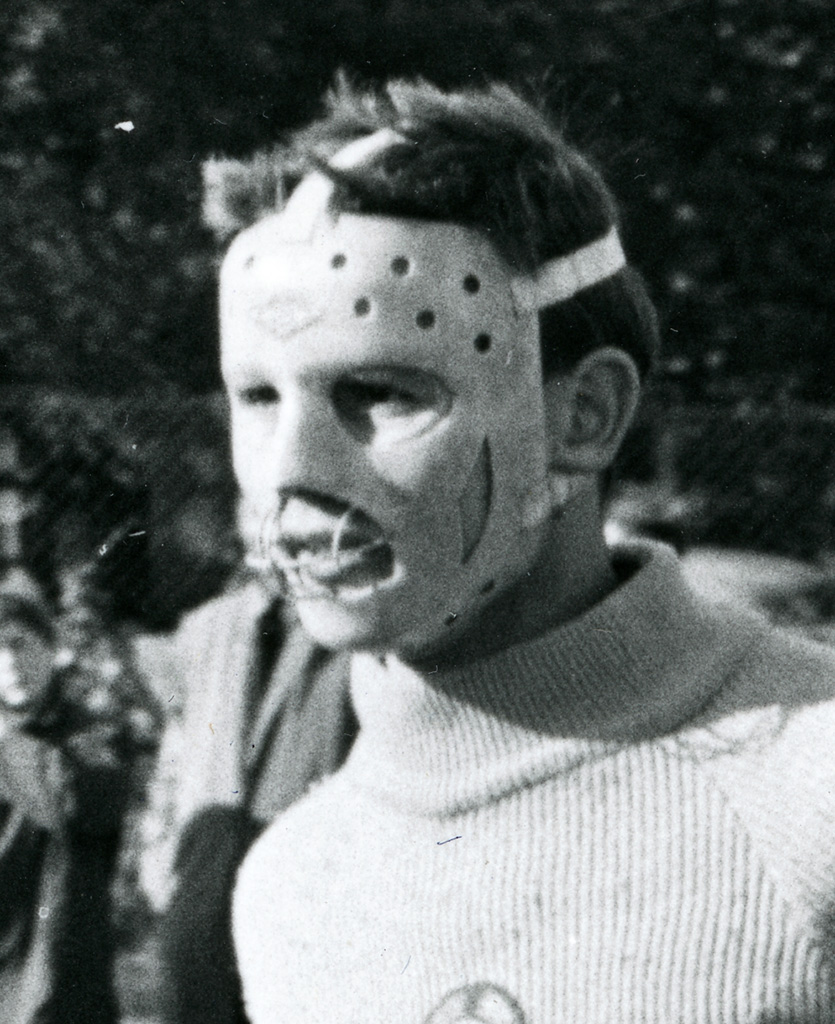
East German goalkeeper Hans-Dietrich Sasse wearing a face mask with a large metal grill over the mouth.
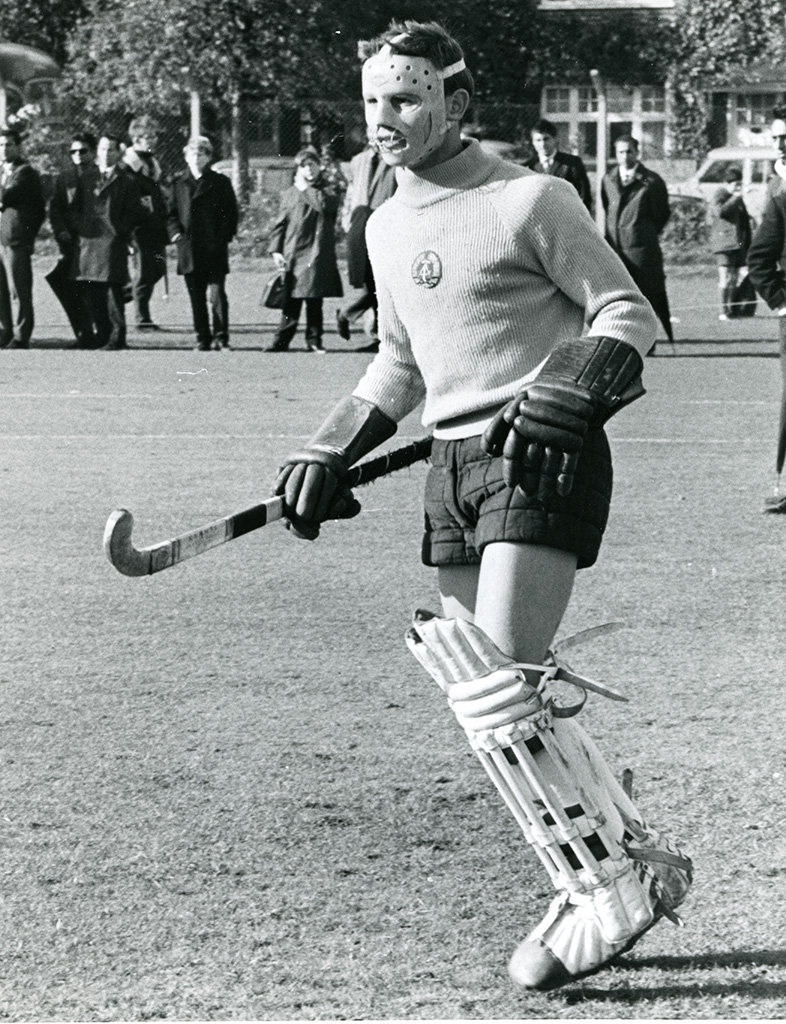
A photograph of the East German goalkeeper Hans-Dietrich Sasse wearing the mask that was banned and then modified at the 1968 Olympic Games in Mexico City. Here he is pictured at the 1967 pre-Olympic tournament in London.
When the East German national team attended the 1968 Mexico Olympic Games they brought with them a goalkeeper mask they had customised themselves. According to reports, the team shocked the hockey world when their goalkeeper, Hans-Dietrich Sasse, fashioned a mask that had been fitted with thin metal bars across the mouth as a protective cage. They had been using the mask from 1966 but this was the first time it had been brought to the global Olympic stage. It resembled the type of mask worn by Hannibal Lecter in Silence of the Lambs and looked unnerving to say the least!
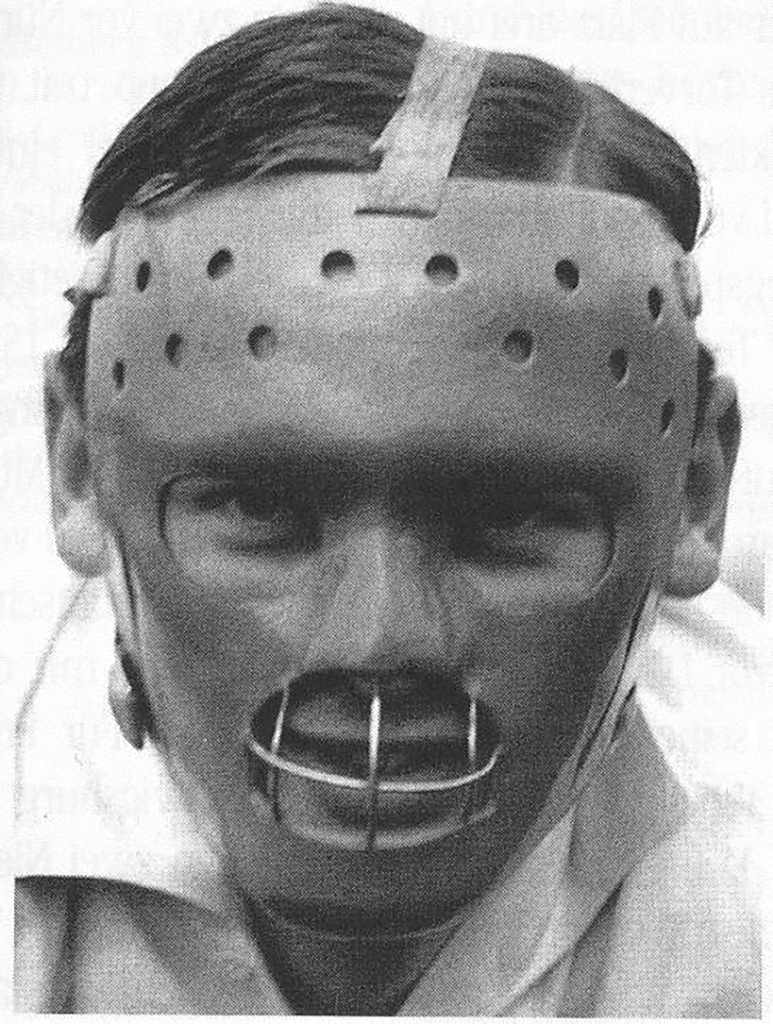
The East German goalkeeper mask from 1966.
Unfortunately for the East Germans, the Olympic management saw the metal addition as a risk to other players and consequently banned them from using it. The team were able to receive help from the cycling mechanics at the Olympic Village and have the cage removed last minute. There is no doubt that the mask would have been an intimidating sight for an opponent, and it would be interesting to know whether its spooky nature gave the team an edge on the pitch. However, two wins from seven pool matches and a goal difference of minus three suggests otherwise.
The use of protective masks in tournaments like these were uncommon and it appears that the East German team were one of the first to use a face mask in 1966 and the first to use one at an Olympic hockey tournament. According to the research of Dr Frank Haustein of the club SG Rotation in Berlin, the FIH council would meet a year after the Mexico Olympic Games in Paris where formal decisions were made on the use of protective masks. From 1969 it was agreed that goalkeeper masks could be used, however this initially only applied to indoor hockey players and allowances for outdoor players would come later. For outdoor goalkeepers, wearing helmets in the 1960s was not allowed and the use of a mask seemed a point of contention. Although helmets started to be used by indoor players in the 1970s, official regulation for the requirement of protective headgear for outdoor players would only come into effect 20 years later in 1994.
Happy Halloween!
The Hockey Museum would like to extend thanks to Dr Frank Haustein for his support and recognition of us over the years and credit him for his research on this story.
If you would like to learn more about the history of face masks and the history of German hockey please visit the links below:
- Revolution der Torwartausrüstung im Hockey – Hockey SG Rotation Prenzlauer Berg Berlin [translation: The goalkeeper mask arrives – Revolution in goalkeeping equipment in hockey]
- Hockey im Wandel der Zeit – Hockey SG Rotation Prenzlauer Berg Berlin [translation: Hockey time travel]

